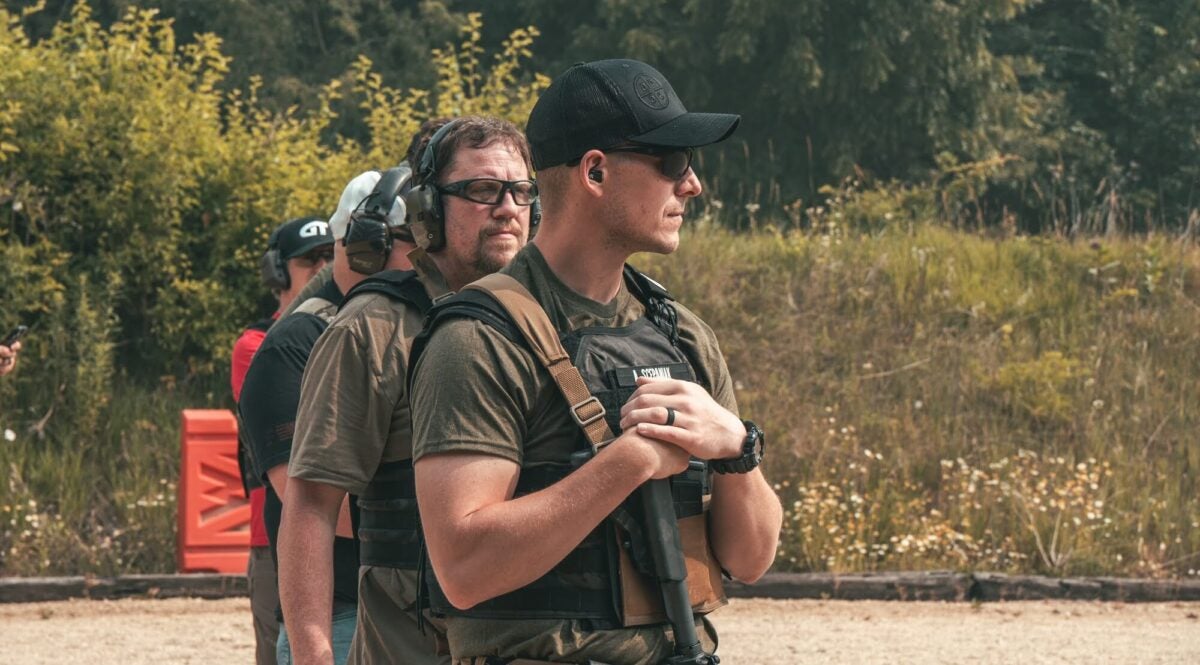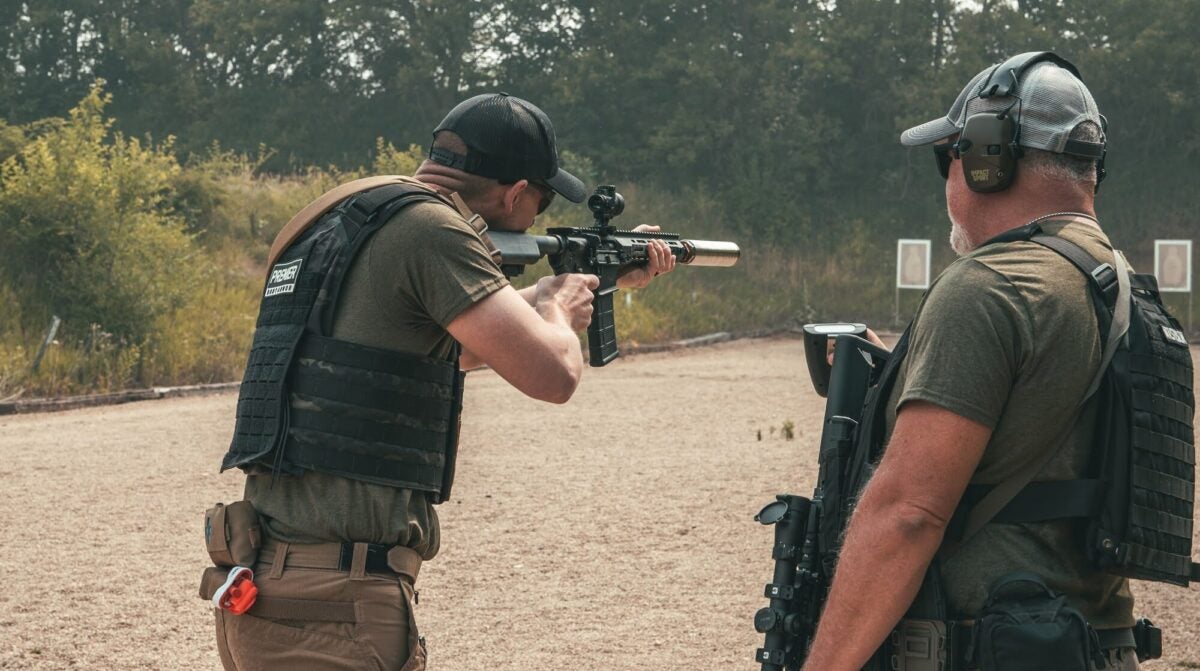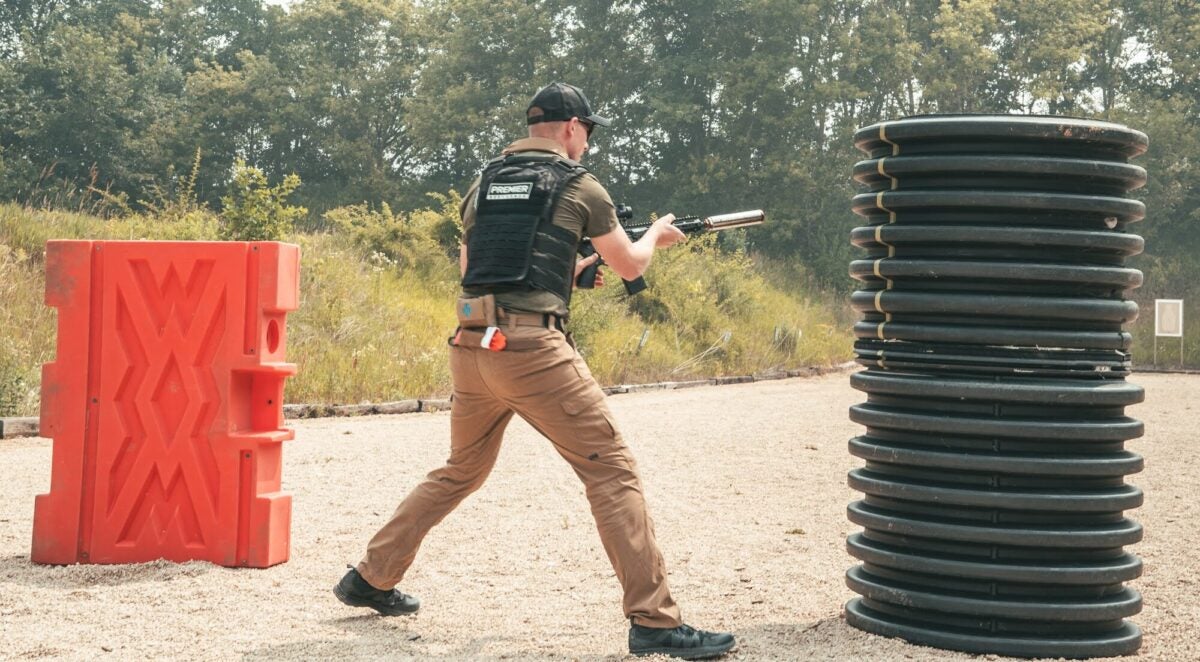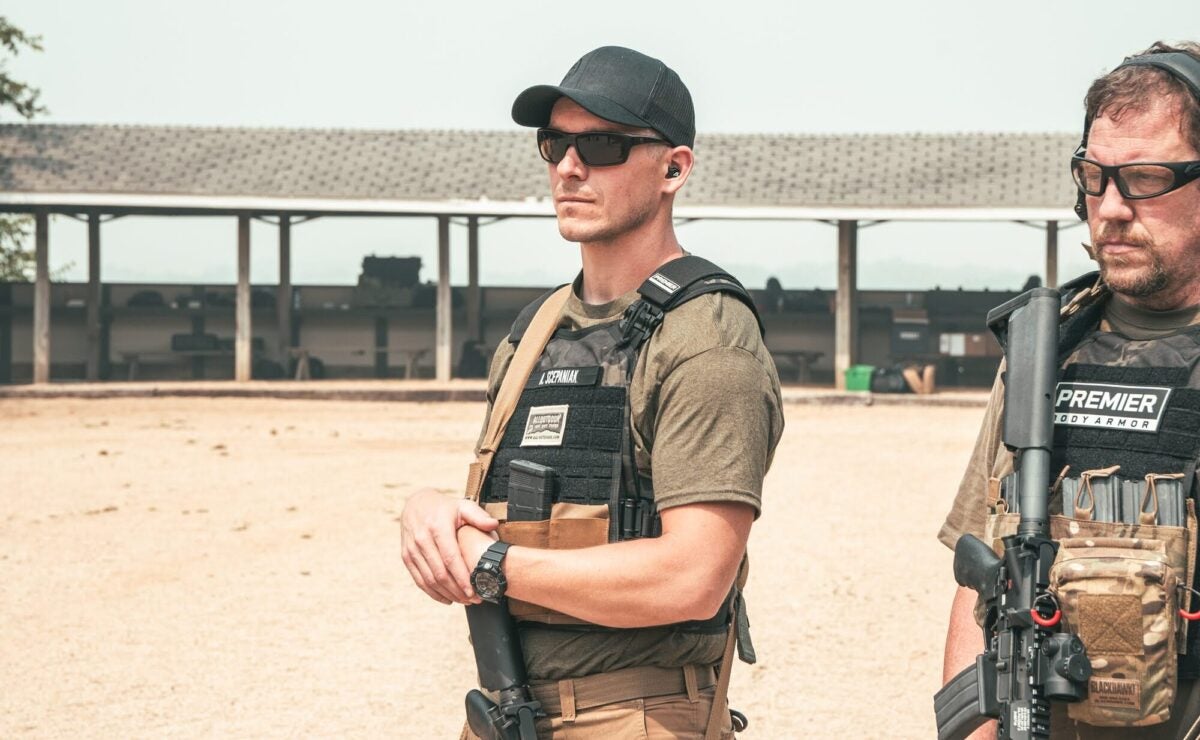Teaching Others About Firearms – What Exactly is a Teachable Moment?
Phil Godding 12.11.23

I have been in a college or hospital classroom for three decades. I have logged a lot of classroom time. With the need for online instruction, I have even learned how to do remote teaching by various modalities, at various times and settings, to meet a wide range of needs. One thing that has not changed is the teachable moment. I have always been a fan of teachable moments. While I’m good in the classroom (according to my students) that is only a small part of their day with me. How can I make time outside of the classroom equally efficient? By taking advantage of a teachable moment.
Teaching Others About Firearms on AllOutdoor
- Teaching Others About Firearms – Retirement and Sticking to the Range
- Teaching Others About Firearms – Taking a Second Swing through Classes
- Teaching Others About Firearms – They Want To Shoot Their Personal Gun
- Teaching Others About Firearms – What to Do with a Malcontent or Rascal
- Teaching Others About Firearms: Buying Branded vs Unbranded Gun Tools
One of my favorite teachable moments in my carry class is allowing students to handle some firearms during breaks in our classes. My firearms not theirs. Before they pick up a weapon, I ask them to show me how they would make sure the firearm is safe to look at if they happened to find this gun on a table in deer camp, or on a workbench in a neighbor’s garage. Totally teachable moment. Some students are “hands on” and they need to show me rather than just tell me – that is fine with me. If they can’t figure out the action, I safely transfer the gun to my hands [this is not always as easy as it sounds but critically important to teach how to move a weapon from one pair of hands to another] while loudly verbalizing “always pointing in a safe direction, try to identify a safety mechanism, drop the magazine or open the cylinder, open the action…” This is an example of a programmed teachable moment.
By the way, a perfectly good response to the programmed teachable moment is to back away and say “whoever left this weapon here needs to come and take care of it.” Helping someone see and say something in an unsafe situation is a teachable moment we can all employ.
I actually like a jammed gun or hang fire to happen in my field classes. We can demonstrate not to panic, to keep the gun pointed in a safe direction and how to properly (and safely) clear the weapon. If the student has that panicked look in his or her eyes (not uncommon) we again go over safe transfer of the gun to an instructor. Don’t be angry or frustrated with an anxious or frustrated student – this is a teachable moment. Shut the firing line down and use the teachable moment to help everyone in the class.
In virtually any industry there are two critical points when accidents happen: when the worker is new and untrained OR when the employee is bored and overconfident. Whether digging holes to move pipes or electronically moving money it pays to stay between fearfully untrained and overconfident. The same happens with firearms. One way I identify a teachable moment is by watching the student approach a firearm, pick up the firearm and/or attempt to shoot the firearm. One question you should have in your head is “are they afraid?” or “are they overconfident?” in either case you are set for a teachable moment.
An abstract teachable moment is to ask students how they were exposed to firearms. I do this for two reasons. First, I can almost always detect an emotional reaction to the memory. If the student had a great childhood experience, I know they will approach learning to carry a weapon from a place of confidence. If, as so often happens, the student has a memory that evokes fear, such as being given a pistol or shotgun with minimal instruction, that was way too big and way too powerful to learn safely they will have a fear response. The student is likely in the class for self-defense, but they are starting with an uncomfortable memory. In my classes we talk about those early memories and then work them into teachable moments on the firing line. The key for the instructor is to watch and learn. It is not uncommon for students to bring a weapon that they inherited or were given by a well-meaning family member. We can start with that gun, but after a few rounds we will shift in power, caliber, action type, sight picture, etc. until they feel comfortable. The whole time the other instructor and I are verbalizing why we are changing variables. These are not firing line failures they are teachable moments. I know I’ve succeeded when at the end of the class the student takes out his/her phone and takes a picture of the gun they like the best. I know they will be heading to the sporting goods store in the near future for something that meets their skill level and needs. I just hope the salesperson has the ability to hear the words I ask the student to use and not just move inventory.
Finally, keep yourself out of trouble. Teachable moments require some forethought. Have two deep instructions (or more) so you are never left alone with a student when you are in the midst of a teachable moment. If an accidental discharge, jam or hang fire does happen you want to be able to manage it with someone else’s assistance. Before I touch a student on the shoulder, move his/her fingers to a different position on the gun, rebalance his/her stance I always ask permission before each and every contact. An accusation or misunderstanding might cost you more than an accidental discharge. You do not want that teachable moment.


